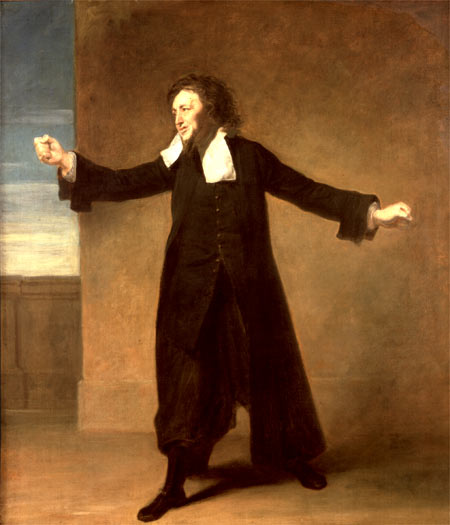At that point I was brought up against the event in my youth whose power was still being shown in all these emotions and dreams. I may have been ten or twelve years old, when my father began to take me with him on his walks and reveal to me in his talk his views upon things in the world we live in. Thus it was, on one such occasion, that he told me a story to show me how much better things were now than they had been in his days. ‘When I was a young man,’ he said, ‘I went for a walk one Saturday in the streets of your birthplace; I was well dressed, and had a new fur cap on my head. A Christian came up to me and with a single blow knocked off my cap into the mud and shouted: “Jew! get off the pavement!”’ ‘And what did you do?’ I asked. ‘I went into the roadway and picked up my cap,’ was his quiet reply. This struck me as unheroic conduct on the part of the big, strong man who was holding the little boy by the hand. I contrasted this situation with another which fitted my feelings better: the scene in which Hannibal’s father, Hamilcar Barca*, made his boy swear before the household altar to take vengeance on the Romans. Ever since that time Hannibal had had a place in my phantasies.
Sigmund Freud, The Interpretation Of Dreams (1900), Trad. STRACHEY J. (1955), Basic Books, New York, 2010, p. 218 – 219
Me voici enfin arrivée à l’expérience vécue de ma jeunesse qui aujourd’hui encore manifeste sa puissance dans toutes ces sensations et tous ces rêves. Je devais avoir dans les dix ou douze ans lorsque mon père commença à m’emmener avec lui dans ses promenades et à me confier, pendant nos conversations, ses vues sur les choses de ce monde. C’est ainsi qu’un jour il me fit le récit suivant, pour me montrer combien l’époque où j’étais arrivé au monde était meilleure que la sienne : “Étant encore un homme jeune, j’étais allé me promener dans la rue, le samedi, dans ta ville natale, avec mes beaux habits, un bonnet de fourrure tout neuf sur la tête. Un chrétien survient, envoie voler d’un coup mon bonnet dans la boue en criant : ‘Juif, descends du trottoir !’” “Et qu’as-tu fait ?” “Je suis passé sur la chaussée et j’ai ramassé le bonnet, telle fut sa placide réponse. Cela ne me parut pas héroïque, de la part de l’homme grand et fort qui menait par la main le petit bonhomme que j’étais. À cette situation qui ne me satisfaisait pas, j’en opposais une autre qui correspondait mieux à ma façon de sentir, la scène dans laquelle le père d’Hannibal, Hamilcar Barca*, fait jurer à son petit garçon, devant l’autel domestique, qu’il prendra vengeance des Romains. Depuis lors, Hannibal eu sa place dans mes fantaisies.
Sigmund Freud, L’interprétation du rêve (1900), Trad. Coll., PUF, Paris, 2010, p. 234 – 235
*[Footnote added 1909:] In the first edition the name of Hasdrubal appeared instead : a puzzling mistake, which I have explained in my Psychopathology of Everyday Life (1901b), Chapter X (2).
*[Note ajoutée en 19091 Dans la première édition figurait ici le nom: Hasdrubal, erreur déconcertante dont j’ai apporté l’élucidation dans ma «Psychopathologie de la vie quotidienne » [Zur Pychopathologie des Alltagslebens, GW, IV, p. 243 et 245; OCF.P, V. L’erreur, “Hasdrubal au lieu d’Hamilcar, le nom du frère à la place de celui du père”, échappa à Freud « lors de trois corrections d’épreuves”.]
Sigmund Freud, L’interprétation du rêve (1900), Trad. Coll., PUF, Paris, 2010, p. 234 – 235

